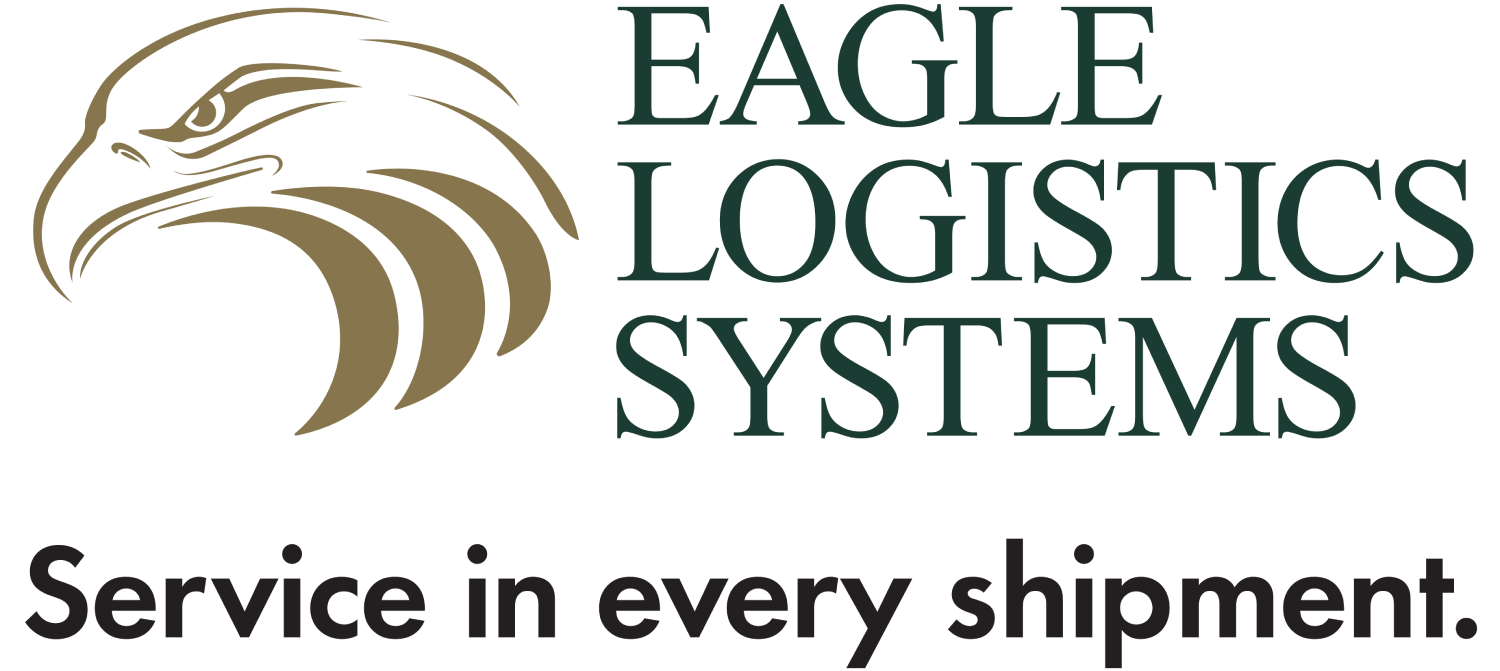Wholesale and Distribution: Building a Back-to-School Replenishment Engine
Back-to-school is not one spike. It is a series of pulses that can overwhelm wholesale and distribution if purchase orders, vendor shipments, and sailings do not line up.
The goal is to turn uneven POs into predictable departures, clean port exits, and on-time store or DC arrivals. Eagle Logistics Systems sets up that engine, then runs it with asset-based gateway execution and disciplined San Juan coordination.
Start with the Puerto Rico retail calendar
The calendar anchors every downstream decision.
Confirm school start dates by region, tax holiday weekends, and marketing resets.
Map lanes to sailings that reliably meet those dates.
Set order cutoffs that leave room for vendor slippage, port appointments, and last-mile delivery.
Share the calendar with vendors and carriers to shape their own planning.
What clean PO data delivers
Faster builds at the gateway
Fewer relabels and exceptions
Fewer misses on sailing cutoffs
Choose modes that match real demand
Use the mode that fits actual utilization, timing, and shelf life.
Less than container load for multi-vendor or uneven flows so you meet sailings without stranded cube.
LTL for store-direct replenishment during short windows when speed beats handling cost.
Partial truckload to bridge mid-volume weeks and maintain cadence.
Full container load once weekly cube remains high enough to cut cost per case.
Decision rules
Switch from LCL to FCL after a set number of consecutive weeks above a utilization threshold.
Keep volatile lanes in LCL or partial until forecast stabilizes.
Gateway operations that protect departures
In a tight season, departures are the constraint. We protect them.
Top-load late cartons so containers close full and on time.
Transfer between departures when an alternate vessel improves arrival date and shelf timing.
Consolidate vendor freight the same day to hit the planned cutoff.
Make product DC-ready before it moves
Standardize DC pallets to facility height and footprint.
Barcode to the inbound ASN for fast receiving.
Apply lane color labels so teams can cross-dock with minimal touches.
San Juan port and drayage coordination
A clean ocean arrival only pays off if the terminal exit is just as clean.
Appointments that match discharge times and free-time limits.
Chassis plans aligned to container type and actual gate velocity.
Dual transactions where available to trim gate cycles.
Real-time monitoring of yards
Continuity during active weather weeks
Critical POs are pre-assigned a secondary sailing. Gateway teams can transfer or top-load to protect the booked departure without inviting dwell.
Decision rules that prevent overcorrection
If LCL volume dips below a set threshold, release a small store-direct LTL top-off rather than holding for the next box.
If uniform or footwear sizes swing unusually, authorize direct store transfers within a cluster before ordering more.
If a vessel delay pushes past a promotional window, allow substitution for a defined set of items rather than waiting.
If a claim occurs, provide photo and seal evidence from each handoff so root cause and recovery are clear.
Wholesale and distribution KPIs
ASN compliance rate
PO to sailing cycle time
Dwell hours per container at San Juan
Appointment adherence at the terminal
Cost per cube by mode switch from LCL to FCL
Vendor scorecard performance
Share your PO forecast and vendor mix. We will stand up a PO to departure engine with San Juan coordination, clear vendor SLAs, and a cadence that holds through peak. Request a quote!

